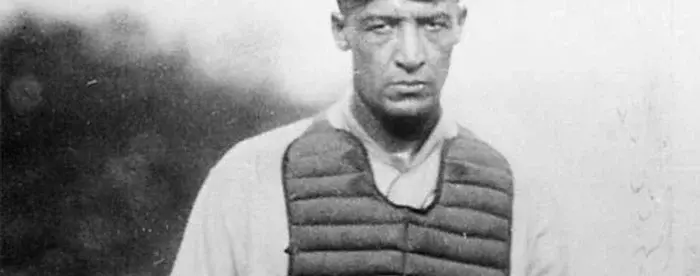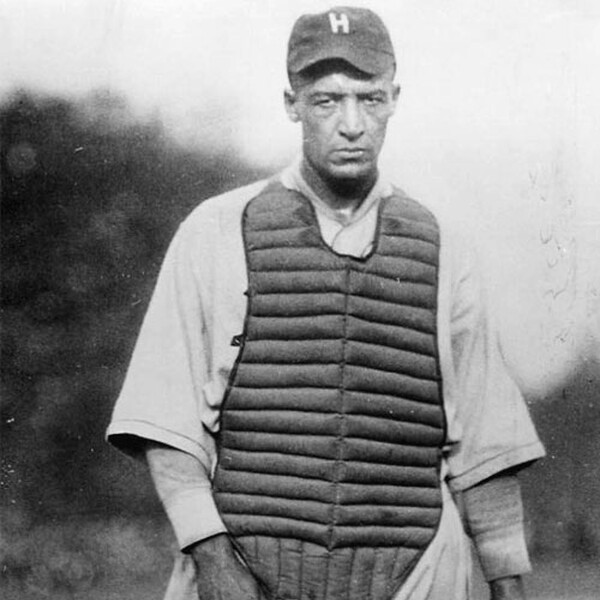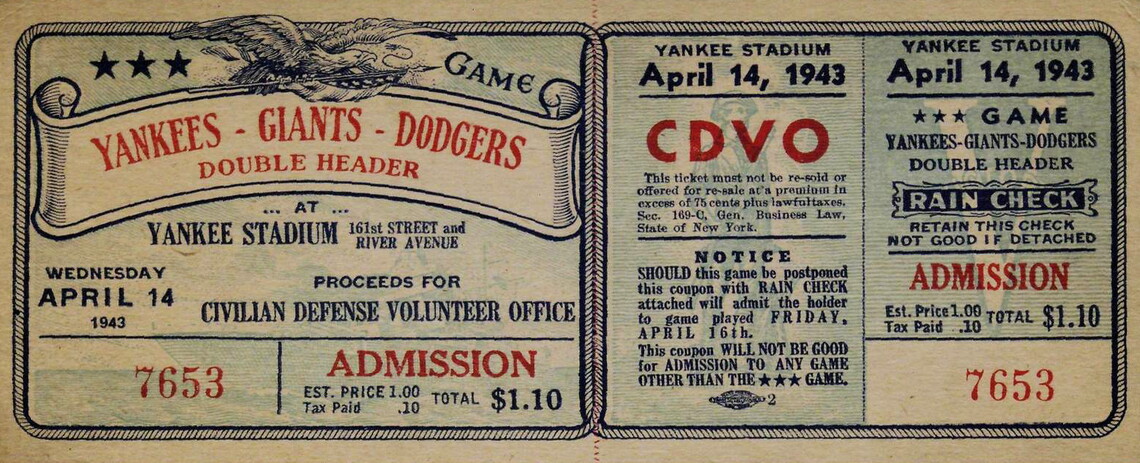Meanings Beyond the Field, Court, Track, and Rink
This course will examine the historical development of sport in the United States from a societal and cultural viewpoint and explore the significance of sport in American history, looking beyond the action on the field of play.
Lead Scholar: Seth Tannenbaum, Manhattanville University
Master Teacher: Brian Sheehy
Image: Photograph of Louis Santop, ca. 1920–1930 (National Baseball Hall of Fame Library)




